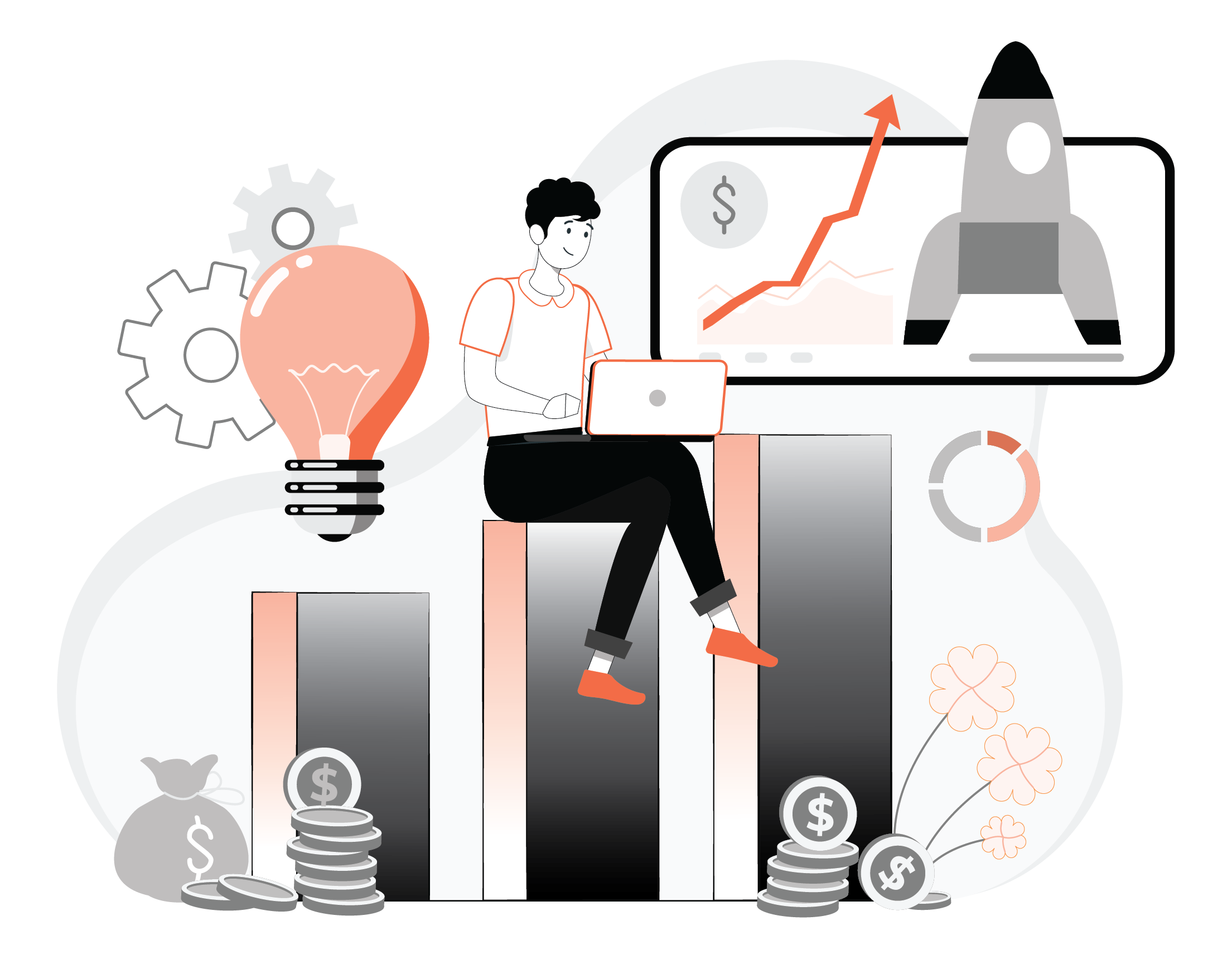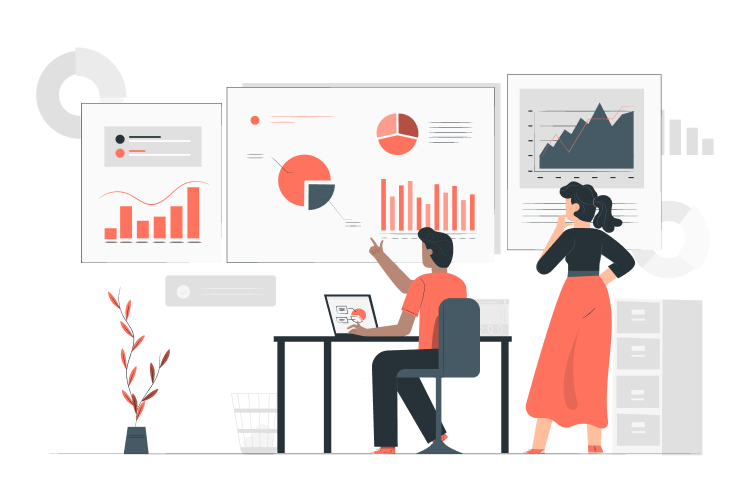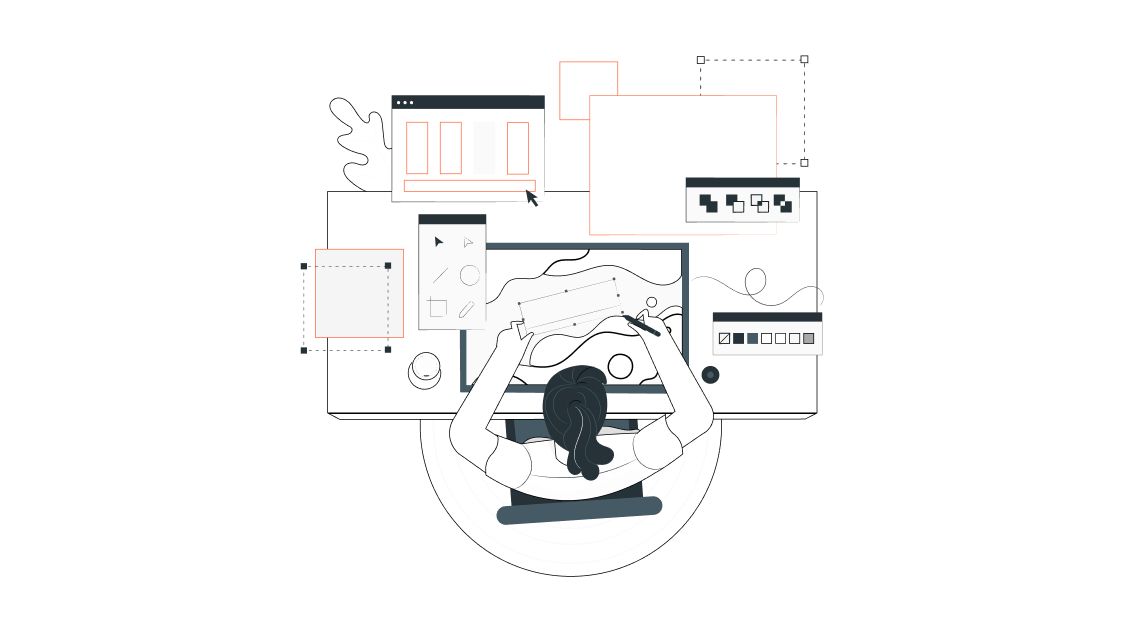Buckle up, brothers and sisters. This year will be a hell of a ride for startup funding and product development.
Two things to bear in mind about funding for startups right now that should act as either an incentive or deterrent.
- Getting money over the next 12-18 months into your startup will be harder than it has been for years.
- Those that survive and get invested in (or manage to grow organically/bootstrap) are likely to provide outsized returns compared to times when it’s easier to get hold of investment.
If you can tough this out and REALLY get into the Ramen noodle diet, then you’re more likely to be successful as an early-stage startup.
Firstly, before you spend a dime or time developing a product for your customers, you need to do two things as a priority.
- Speak to your potential customers: Find out who’ll use it, find out who’ll pay. As both, if your product would be a compelling purchase and what problems it’d solve for them. If you’ve got a feature set in your head, ask them which ones are a priority. This gets you into the habit of good User Experience (UX) early.
- Build in public: You need to bring people on the journey with you, show you’re user-centric, and build that personal brand.
Building in Public has become super important in this kind of environment. If you’ve got your target market right, then dragging them on your journey, using the right hashtags they’ll respond to on socials, etc., is paramount.
Turn up to groups where they hang out and network and just talk to them from a research-led perspective. You need to pull before you can push.
Once you have your prime set of features that people will pay for, you need to use a BRD template to build out a scope and feature list that details what’s essential and what’s nice to have.
This way, you’re starting lean and building towards getting a product out there that people have told you they want (much better than building something that you think people will want). It also means you’re not delaying because you want to launch with an all-singing-all-dancing MVP.
A Minimum Viable Product is called that for a reason. The clue is in the name. You must execute the bare minimum your customers want and build feedback loops (and test/iterate like hell) to build something they want.
Put yourself in the customer’s shoes. Someone comes along and asks what your headaches are. You tell them you’ll build something that does that. Not just that, but you listen to them to make it better.
Software giants won’t do this generally. The customer feels special, and you have engaged users with a full value proposition to give them.
Back to the product
Building your MVP shouldn’t be hard or take a long time. You need to execute on the meager resources you have at your disposal so:-
- One option is to seek out a technical co-founder. Simple pros and cons are that they will be attached by shares and may share your vision….but on the other hand, it’ll usually be a side gig for them at the start and may take longer to get the platform up. Also, if you don’t get on or decide to hold you to ransom when they see the true potential (to up their equity stake), you’re up the creek without a paddle.
- Another option is to engage someone like NeoITO, who will work with you and give you various options to get an MVP built with one eye on your overall vision and build towards that, even from the MVP stage. If you can take a team approach from day 1 rather than a fixed-price job, you’re also developing a relationship with a team that can take you to the seed level and even support an internal team beyond that.
This also means your cash flow is easier to manage rather than spending a large amount of money upfront to get a product developed.
Also Read: 12 Successful Minimum Viable Product Examples to Consider Before Developing Your Product
Back to the customers
Once you have an MVP, you can engage your waiting list, get your product onto the likes of Product Hunt, AppSumo, etc., and get noisy on socials to get your paying beta customers in.
It’s key at this stage to improve your Net Promoter Score as it’s the quickest way to gain more paying customers without spending a massive amount of money.
In your earliest stages, you really need to just double down on sales and build your relationships with your user/payer bases. Digital marketing kicks in once your initial users are happy and recommending you. Only then do you focus on paid campaigns.
In terms of startup funding, if you’re raising pre-seed, investors can’t fail to be impressed by someone who’s talked to many potential customers to figure out what they want and then executed on giving them that. You’re then asking for money to prove that product market fit and make good on it with a clear development and marketing plan.




